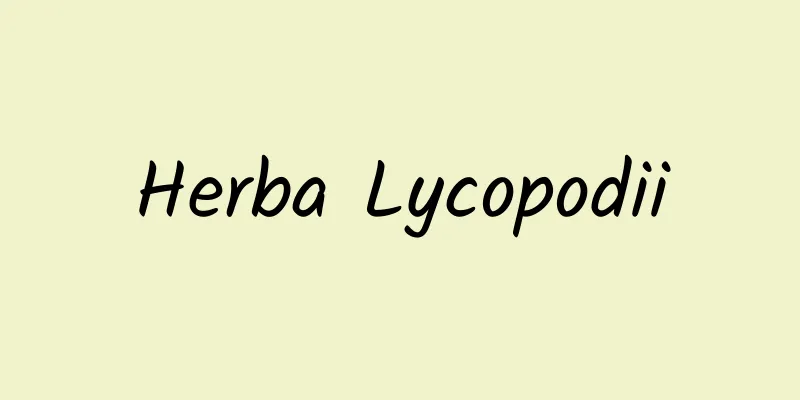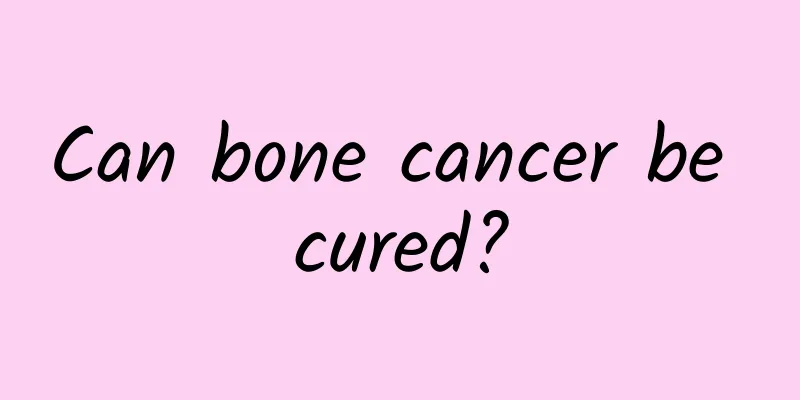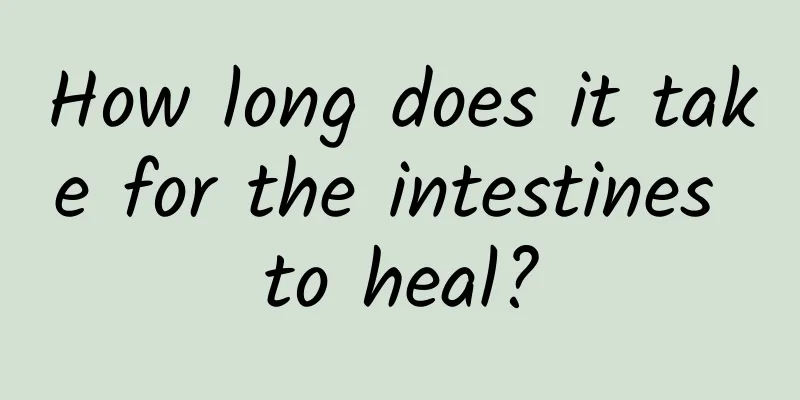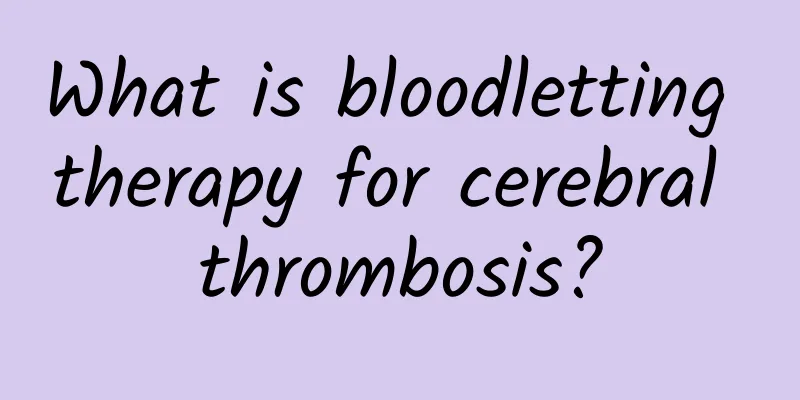What are the benefits of moxibustion at Sanyinjiao?

|
Sanyinjiao is an acupuncture point in the human body. Moxibustion on it helps to harmonize qi and blood and promote blood circulation. Sanyinjiao is not only frequently used in moxibustion, but also in acupuncture. Moxibustion on Sanyinjiao can regulate menstruation, relieve pain, and also have a calming effect. People with difficulty urinating or neurasthenia can perform moxibustion on Sanyinjiao. In addition, if you feel easily fatigued and obviously lack energy, you can also use moxibustion on this acupoint. The Sanyinjiao acupoint is the meeting point of the three major yin meridians in our body, namely the liver meridian of foot, the kidney meridian of foot and the spleen meridian of foot. It has the function of regulating the liver, spleen and kidney meridians at the same time. Our liver stores blood, the spleen regulates blood and the kidney is the root of blood. Stimulating the three yin meridians can have a very good effect on regulating the body's qi and blood. Therefore, the method of moxibustion at Sanyinjiao can replenish qi and blood on the one hand, and improve the sallow complexion and physical fatigue caused by poor qi and blood. On the other hand, it can also regulate irregular menstruation caused by irregular menstrual blood volume. Treatment: weak spleen and stomach, intestinal rumbling and abdominal distension, irregular menstruation, spermatorrhea and impotence, difficulty urinating, edema, leucorrhea, urticaria, insomnia, etc. Location of Sanyinjiao: On the inner side of the calf, 3 inches above the tip of the inner ankle, behind the inner edge of the tibia; sit upright with knees bent at a right angle to locate the acupoint. Modern medicine believes that moxibustion at Sanyinjiao can prevent and treat increased nocturia, difficulty urinating, cystitis, acute and chronic nephritis, orchitis, impotence, spermatorrhea, enuresis, irregular menstruation, amenorrhea, metrorrhagia, and postpartum fainting. Sanyinjiao is the most important health-care acupuncture point in our body. Moxibustion on this acupuncture point can relieve certain cardiovascular and cerebrovascular diseases. Mainly speaking, moxibustion at Sanyinjiao affects multiple systems of the human body, namely: digestive system, nervous system, circulatory system, urinary system and digestive system. It is mainly used to treat enteritis, irregular menstruation, dermatitis, hypertension, etc. |
<<: When is the best time to do moxibustion?
>>: When is the best time to do moxibustion?
Recommend
What should I do if I have bloating?
Abdominal bloating is most likely caused by some ...
What medicine is most effective in lowering uric acid?
High uric acid levels are often seen in gout. Gou...
Can Sanfutie cure pharyngitis?
Friends who smoke frequently not only have the ri...
My asshole is swollen and it hurts
The anus, because it is used to excrete feces, be...
What are the effects of Fritillaria powder
Fritillaria powder is often used to treat lung he...
Pictures of herbal medicines
Only when the prescription is combined with good ...
Causes of Iron Deficiency Anemia
Speaking of iron deficiency anemia, it is well kn...
Normal premenopausal symptoms
When women reach a certain age, they will gradual...
Ten wonderful ways to massage your ears to strengthen your kidneys and keep fit
People with thick and plump earlobes have strong ...
The harm of needle therapy to babies
48 The harm of needle therapy to babies The effec...
What happens if you smoke after getting stitches?
It is inevitable to have bumps and bruises in lif...
Specific symptoms of mouse hand
There are many common problems in life. When solv...
This thing that was thrown away as waste is actually a good medicine for stomach problems, and Chinese medicine regards it as a treasure!
In fact, most drugs on the market have relatively...
What is the cause of vomiting yellow water in early pregnancy?
Vomiting yellow water during pregnancy indicates ...
Men are the backbone of the family, but a sleeping position can ruin their health
Will sleeping posture have "bad consequences...









